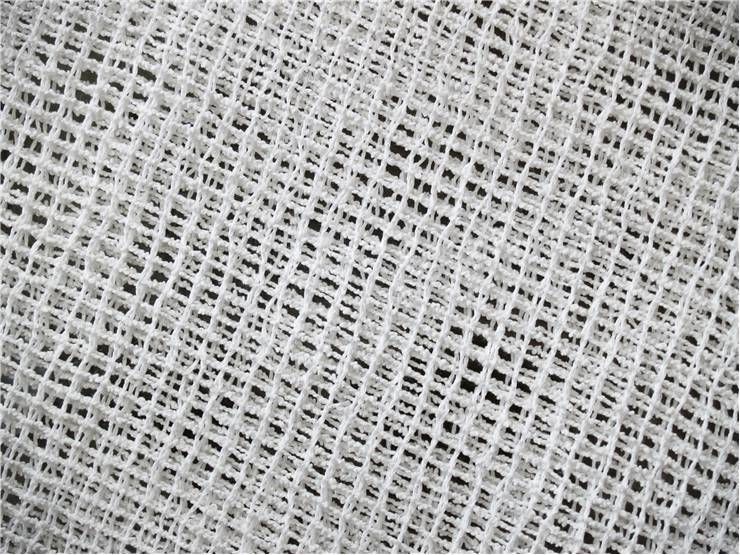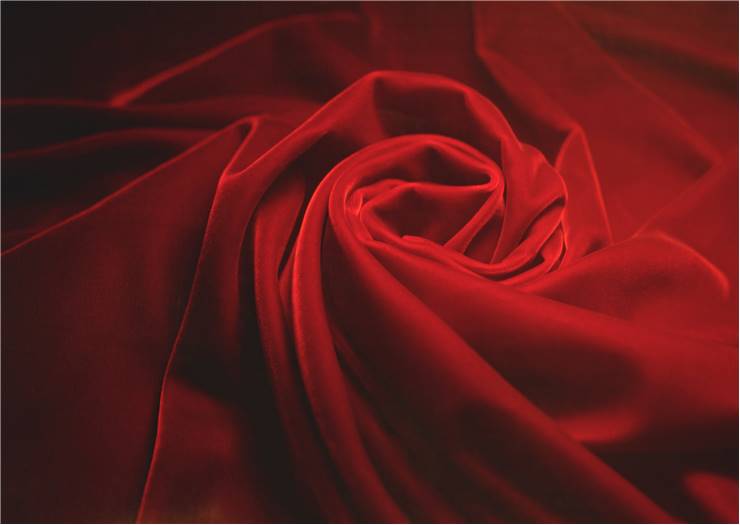Textile History - Plain Weave, Twill, Satin
Textile or cloth is a flexible woven material which consists of a network of natural or artificial fibers which are also called thread or yarn. Yarn is produced by spinning raw fibers of materials like wool, flax and cotton, and producing long strands. The word 'textile' comes from Latin “textilis” which means “woven”. The oldest evidence of humans using fabrics is from dyed flax fibers found in a cave in the Republic of Georgia which date from 34,000 BC. Flax fibers were, in this case, used for making a type of felt fabric. The earliest evidence of weaving date from 27,000 years ago and were found in Dolni Vestonice in the Czech Republic in the shape of impressions of textiles and basketry and nets on little pieces of hard clay. First examples of Nålebinding, which is a type of single needle knitting without knots, date from 6500 BC. There are three basic three types of textile weaves: plain weave, twill and satin.
Plain weave is the most basic of the three types. When weaving plain weave, the warp and weft are aligned which forms a simple criss-cross pattern. Each weft thread crosses the warp threads by going alternately, first over one warp, then under the next and so on. The next weft goes under the warp that the neighboring weft went over, and again so on. Balanced plain weaves (also known as “one-up-one-down weave” or “over and under pattern”) are fabrics in which the warp and weft are made of threads of the same weight. “Basketweave” is a type of plain weave in which two or more threads are grouped and then woven. Both sides of the plain weave look the same

Twill is a type of textile weave that has a pattern of diagonal parallel ribs. This technique is done when the weft thread crosses over one or more warp threads and then under two or more warp threads and so on. Next weft does the same but some warps later so it creates the characteristic diagonal pattern. Twill has different front and back sides which are called “technical face” and “technical back”. Technical face is used for visible side because it has the most pronounced pattern, it is more durable and more attractive. Examples of twill fabric are chino, denim, drill, gabardine, serge, and tweed.
Satin is a weave that typically has a glossy surface and a dull back. It is a warp-faced weaving technique in which warp yarns are "floated" over weft yarns, which means that warp goes over much more wefts than in twill which makes its surface very soft. Fibers used for satin are most commonly silk, nylon, or polyester. The name comes from the Chinese port city of Quanzhou, whose name form in medieval Arabic was Zayton. Satin is used for bed sheets and in apparel for satin baseball jackets, athletic shorts, women's lingerie, nightgowns, blouses, evening gowns, men's boxer shorts, shirts and neckties. Types of satin are: baronet or baronette, charmeuse, double faced satin, duchess(e) satin, faconne, farmer's satin or venetian cloth, gattar, messaline, polysatin or poly-satin, slipper satin, sultan and surf satin.



